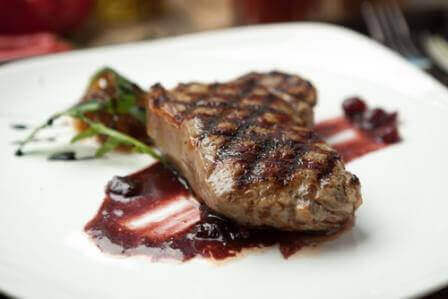
 In previous episodes, I’ve talked about the nutritional differences (such as they are) between grass- and grain-fed beef. But today, I want to share some updated information regarding the impact of various feeding programs on the health of the cow and on the environment--an area where there are a lot of misconceptions.
In previous episodes, I’ve talked about the nutritional differences (such as they are) between grass- and grain-fed beef. But today, I want to share some updated information regarding the impact of various feeding programs on the health of the cow and on the environment--an area where there are a lot of misconceptions.
I’ve just returned from the beautiful state of Colorado, where I had an opportunity to visit some places where beef cattle are raised. Along the way, I learned a few things that surprised me. Just in case you have some of the same misunderstandings that I had, let me share what I’ve learned. Even if you don't eat meat yourself, you might find this quite interesting.
You remember the movie Three Weddings and Funeral? Well, here are Three Myths and a Surprising Truth about grain-finished beef.
Myth #1: All grain-fed beef are raised on feedlots.
Whether a cow is destined for grass- or grain-finishing, the first year looks pretty much the same for both. After the calves are weaned, they spend another 6-12 months grazing on grass pasture. Tor the last 6 months of their lives, grain-finished cattle are fed an increasing ration of corn or other grains, which affects the rate at which they gain weight, the degree of marbling in the meat, and the flavor of the meet.
The majority of grain-finished cows are moved to a concentrated animal feeding operation (or CAFO) for this part of the process. But not all of them. There are also ranchers raising small herds, anywhere from a few dozen to a couple hundred, who finish their cattle on grain right there on the ranch. If your only objection to grain-fed beef is the idea of a feedlot, you do have other options.
If you live in the U.S., your state beef council may be able to connect you with a rancher who is finishing his own cattle on grain.
Tidak ada komentar:
Posting Komentar